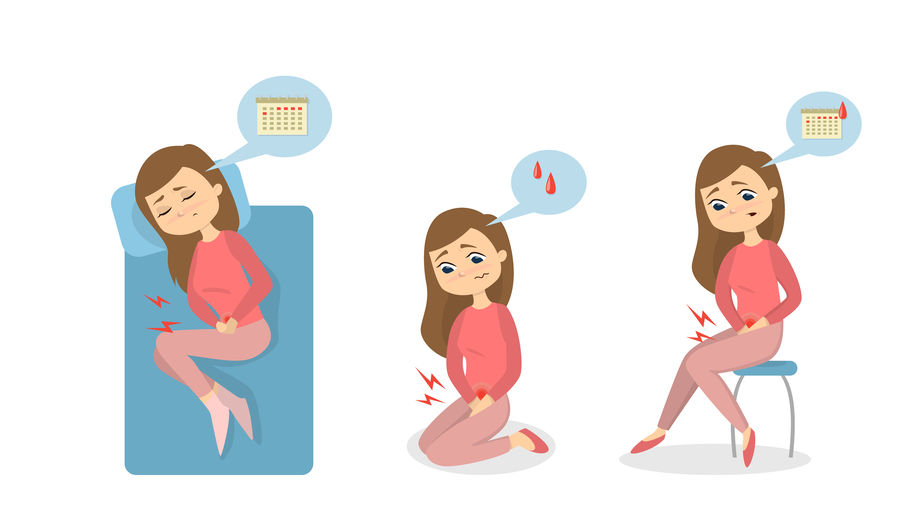Pelvic pain, which is a condition more common in women than men, is typically felt in the lower abdomen and pelvis. Pain that is associated with a gynaecological condition generally occurs around the time of or is aggravated by the menses or sexual intercourse. However, many patients complain of pelvic pain which might be associated with intestinal complaints like constipation or Irritable Bowel Syndrome.
Pelvic pain may be acute or chronic, it may be dull or sharp with a slow or rapid onset, depending on the cause. Patients experiencing symptoms for six months or more have what is termed chronic pelvic pain. If you are experiencing pelvic pain which is causing you concern or affecting your work, quality of life and sexual function, you should make an appointment to see a gynecologist.
What Causes Pelvic Pain?
There are many causes of pelvic pain, some of which are much more serious than others. some of which are listed below.
Most causes of pelvic pain, like bladder infections or sexually transmitted diseases are easily treated. However, if left untreated or improperly treated or ignored, they may lead to serious consequences like chronic pelvic pain. In some instances, the cause may be an undiagnosed ectopic pregnancy which left untreated, could rupture and lead to death.
Should you see your “family doctor” and a clear diagnosis is not made, help from a gynaecologist may shed light on the problem and bring resolution to the problem. Keeping a record of your pain symptoms, inclusive of when they occur relative to your periods, aggravating and relieving factors, along with any previous investigations or treatments used, would be helpful at your initial gynaecological assessment. This would save time and money as both tests and treatments which yielded no positive results need not be repeated.
Investigation And Clinical Diagnosis
During your initial consultation you will be asked some questions about your symptoms, medical history and likely have a gynaecological exam performed. Based on what is found, further investigations may be advised.
As urinary infections are a very common cause of pelvic pain, a urine sample may be sent for testing. Vaginal or cervical swabs may be required to test for infections such as gonorrhoea and a pregnancy test done if you have missed your period. Based on your history an ultrasound might be performed to rule out ectopic pregnancies, ovarian cysts or fibroids.
Laparoscopy is commonly undertaken by gynaecologists when pain persists and a cause has not been found. In this procedure, a small telescope is put through a small cut in your belly button. This allows the doctor to see inside your pelvis. A see and treat technique is generally employed, that is, if adhesions or cysts are seen at laparoscopy they can be treated at the same time.
Alternatively, if the cause is likely due to intestinal problems, doctors who specialise in the bowel may use flexible telescopes to look inside your bowel. This is called a colonoscopy and it is routinely recommended for all patients over 50 as a screening tool for colon cancer.

